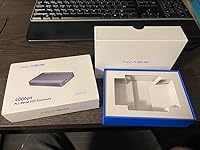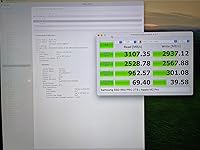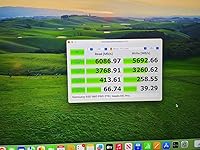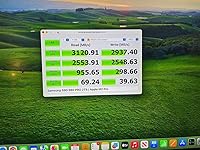
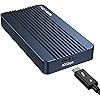

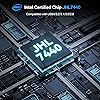
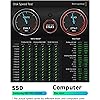
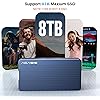
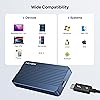
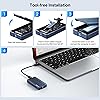
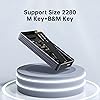
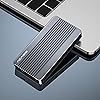
Ready to go? Add this product to your cart and select a plan during checkout. Payment plans are offered through our trusted finance partners Klarna, PayTomorrow, Affirm, Afterpay, Apple Pay, and PayPal. No-credit-needed leasing options through Acima may also be available at checkout.
Learn more about financing & leasing here.
Eligible for Return, Refund or Replacement within 30 days of receipt
To qualify for a full refund, items must be returned in their original, unused condition. If an item is returned in a used, damaged, or materially different state, you may be granted a partial refund.
To initiate a return, please visit our Returns Center.
View our full returns policy here.
Model: TBU405
Features
Hardware Interface: USB Type C
Brand: FREEGENE
Product Dimensions: 3.94"L x 2.4"W x 0.57"H
Hardware Platform: Windows
Item Weight: 0.16 Kilograms
Memory Storage Capacity: 8 TB
Compatible Devices: Laptop
Hard Disk Form Factor: 2.5 Inches
Max Number of Supported Devices: 1
Data Transfer Rate: 600 Megabytes Per Second
Product Dimensions: 3.96 x 1.92 x 0.6 inches
Item Weight: 5.6 ounces
Item model number: TBU405
Date First Available: August 26, 2022
Manufacturer: FREEGENE
Country of Origin: China
